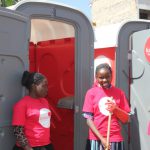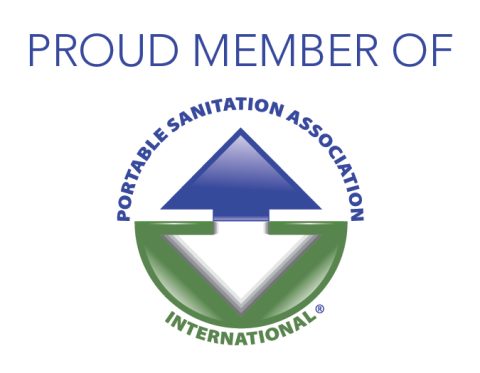
Natural disasters such as earthquakes, floods, hurricanes, and wildfires can cause widespread devastation and displacement of people. In the aftermath of such events, access to basic amenities such as water, food, shelter, and sanitation becomes a challenge. Lack of proper sanitation can lead to health risks, disease outbreaks, and loss of human dignity.
Portable toilets are essential tools that can support disaster relief and humanitarian aid efforts by providing convenient and safe sanitation solutions for affected communities and relief workers. In this blog post, we will explore some of the benefits and challenges of using portable toilets in disaster situations.
Benefits of Portable Toilets in Disaster Situations
Portable toilets offer several advantages in disaster situations, such as:
- Rapid deployment: Portable toilets can be quickly transported and set up in disaster-stricken areas, providing immediate relief to people who need them. They can also be easily moved or relocated as needed, depending on the changing conditions and needs of the situation.
- Preventing disease spread: Portable toilets help prevent the spread of diseases and infections that can result from poor sanitation, such as cholera, typhoid, dysentery, and diarrhea. By containing and disposing of human waste properly, portable toilets minimize the risk of contaminating water sources and the environment.
- Hygiene and dignity: Portable toilets uphold hygiene and dignity for people who are living in challenging circumstances. They offer private and clean restroom facilities that can maintain a sense of normalcy and comfort for people who have lost their homes and belongings. They also reduce the exposure to harmful insects and animals that can be attracted by human waste.
- Refugee camps and temporary shelters: Portable toilets are especially significant for refugee camps and temporary shelters that host large numbers of displaced people. They address the sanitation needs of vulnerable populations who may have limited access to other facilities. They also help create a safer and more orderly environment for the camp or shelter residents and staff.
Challenges of Portable Toilets in Disaster Situations
Portable toilets also face some challenges and limitations in disaster situations, such as:
- Waste management: Portable toilets require proper waste management to ensure sanitation and safety. This involves regular servicing, cleaning, and emptying of the toilets, as well as transporting and disposing of the waste in an appropriate manner. This can be difficult or costly in remote or inaccessible areas, or in situations where resources and infrastructure are scarce or damaged.
- Cultural and social factors: Portable toilets may not be suitable or acceptable for some cultural or social groups, who may have different preferences or practices regarding sanitation. For example, some people may prefer to use squat toilets, or to have separate toilets for men and women. Therefore, it is important to consult and involve the local community and stakeholders in the planning and implementation of portable toilet projects, to ensure their appropriateness and acceptability.
- Collaborative humanitarian efforts: Portable toilets are part of a larger and more complex system of humanitarian efforts that aim to provide relief and recovery for disaster-affected people. This requires coordination and collaboration among various organizations, agencies, and sectors, such as government, NGOs, private sector, and civil society. This can pose challenges in terms of communication, logistics, funding, and accountability.
Conclusion
Portable toilets are vital tools that can support disaster relief and humanitarian aid efforts, providing essential sanitation solutions that uphold hygiene, prevent disease spread, and maintain human dignity in challenging situations.
However, they also face some challenges and limitations that require careful planning, management, and collaboration. By understanding the benefits and challenges of portable toilets in disaster situations, we can better utilize them to improve the lives and well-being of people in need.






